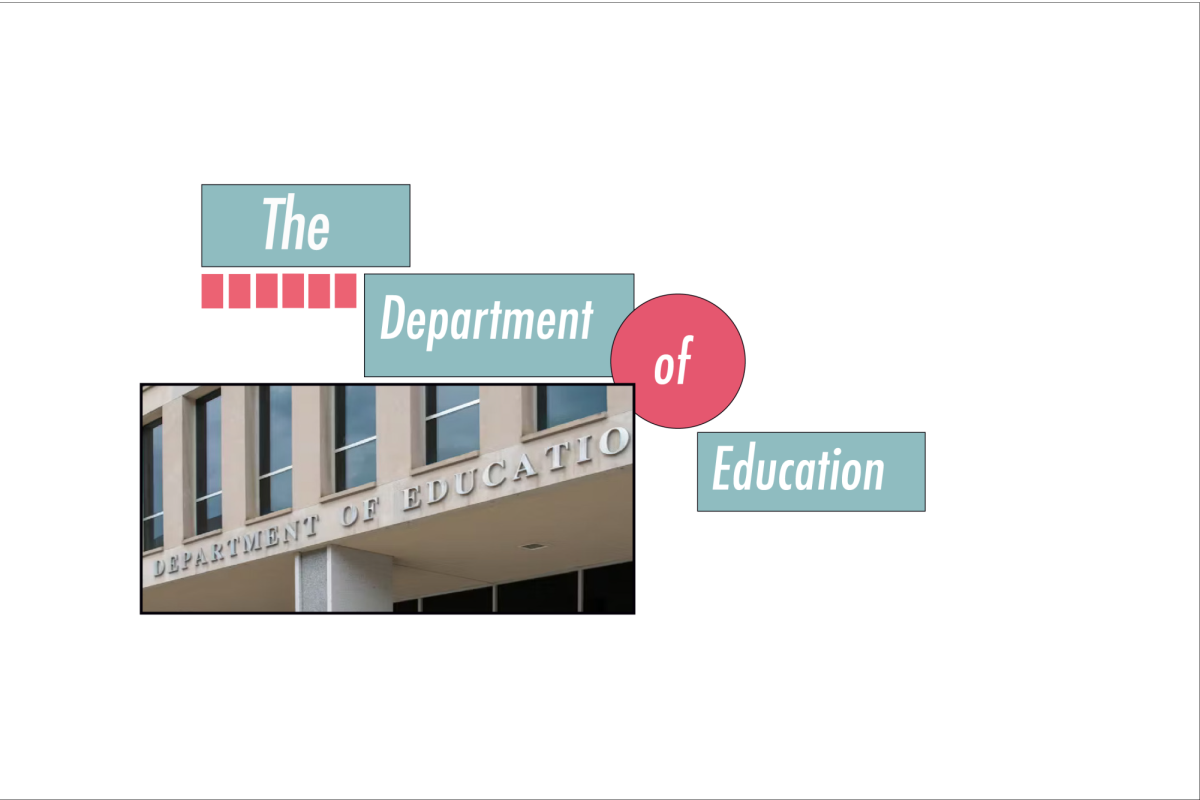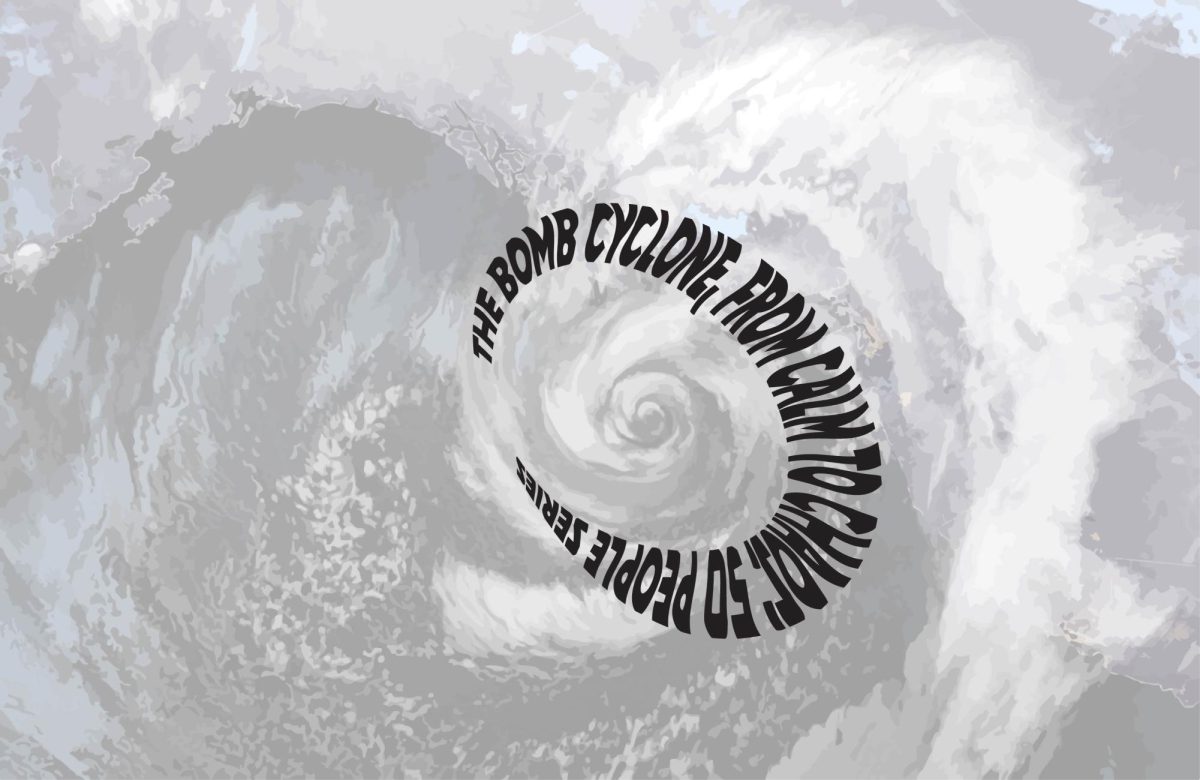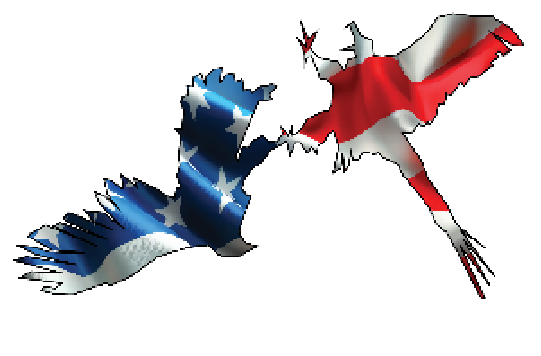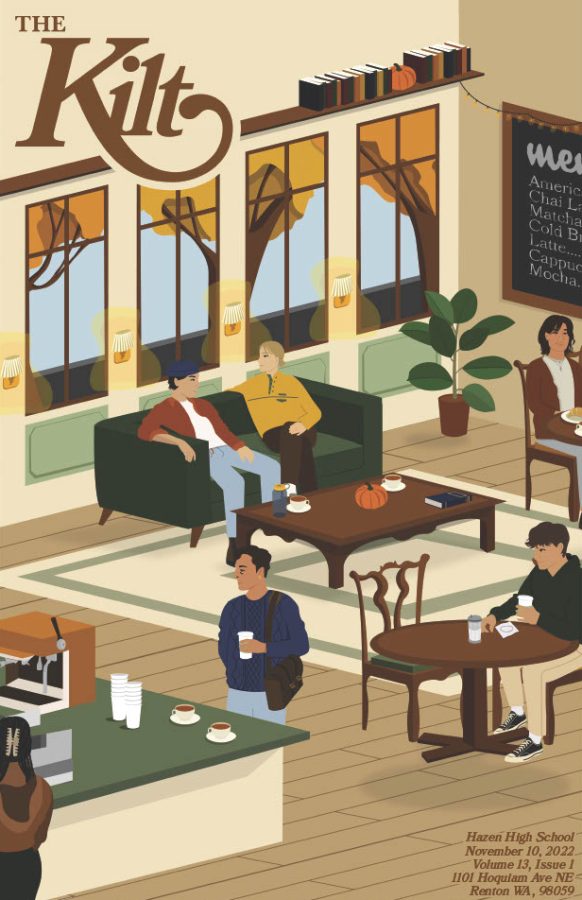The northwest corner of Mount Rainier National Park has been made inaccessible for the foreseeable future after the Fairfax Bridge closed on Monday, April 14. After providing more than one hundred years of access to the region of the park, the closure of the State Route 165 bridge outside of Carbonado shuts down access for tens of thousands of visitors every year and countless hikes.
The Fairfax Bridge was first constructed in 1921 after members of the Fairfax community strongly petitioned “to connect their isolated community to the outside world,” according to documentation housed by the Library of Congress. The construction also addressed the increased demand for coal transportation from these mining towns due to the rising population. Prior to its existence, the valley was only accessible by railroad or a lengthy journey on foot. Fairfax Bridge was the tallest in the state at the time, and was constructed using the three-hinge lattice arch technique. While this was uncommon for the time, it was appropriate for the desired aesthetics and structural needs of the area.
In the summer of 1995, Fairfax Bridge was temporarily closed for repairs but was quickly reopened in the following spring. Between 1996 and 1997, intermittent landslides and an electrical fire closed the bridge once again for safety issues and did not reopen until after its restoration was completed in 1998.
Beginning in 2009, a series of load restrictions with increasing severity were placed on the bridge, following findings from Washington State Department of Transportation inspections. Wide loads were banned from crossing the bridge in 2009, and commercial vehicles were prohibited in 2013. The most recent restriction was placed this past summer, as “the bridge’s load weight was reduced to 8 tons (16,000 lbs),” this last July, as stated by the WSDOT. These restrictions and deterioration levels are not entirely unexpected, as the bridge was built for a service life of 75 years, which it has far outlasted.
Now, the bridge is closed entirely to all vehicles and pedestrians, leaving the recreation areas, the year-round Mowich Lake Entrance to Mount Rainier National Park, and the Carbon River Ranger Station inaccessible to the public. A 9-mile gravel road detour is available to provide first responders and residents of the area with access in case of emergency, but this route is not usable by the public.
One of the most popular trailheads serviced by the Fairfax Bridge is the Tolmie Peak Fire Lookout. The 7.5-mile out-and-back trail passes Eunice Lake and climbs along a lava ridge to reach the summit of Tolmie Peak. It provides stunning panoramic views of Rainier, framed by Eunice, as well as a view of Mowich Lake below and the surrounding valleys. The two-story fire lookout at the summit is a historic structure built in 1933 and was once used to spot smoke and lightning strikes. The hike is visited by thousands every year and is a huge loss for the park.
Other hikes rendered inaccessible by the bridge closure are the strenuous 8-mile Spray Park Trail and the 5.7-mile Paul Peak Trail. One of the three entrances to access the Wonderland Trail, a 93-mile loop that encircles the entire park, is also now closed.
Apart from the lack of trail accessibility, the Fairfax Bridge closure is also a cause for concern for local business owners. The neighboring towns of Carbonado and Wilkinson heavily rely on revenue from tourists travelling to this area of the park to hike and camp. The service industry employs a large portion of Wilkinson residents, and without tourists to serve, the future of their income source is unknown.
As of now, there are no known plans to reopen the bridge. WSDOT is currently conducting a planning study to get a comprehensive understanding of how to approach the bridge conditions. Although there is no funding available at this time to repair or replace the Fairfax Bridge, the DOT is actively working with Governor Ferguson’s office, as well as outside agencies and the state Legislature on how to proceed.





































